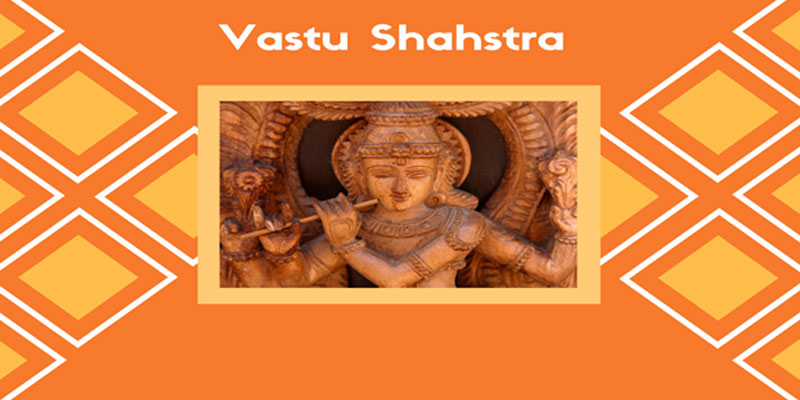What is Vastu Shashtra
2023-12-30Vastu Shastra is an ancient Indian architectural and design philosophy that emphasizes the harmonious balance between nature, the physical space, and the individuals residing or working in that space. The term "Vastu" is derived from the Sanskrit word "Vas," which means dwelling or building. Vastu Shastra is often considered a guide for creating buildings and environments that promote positive energy and well-being.
Here are some key principles and concepts associated with Vastu Shastra:
- Orientation: The direction in which a building faces is believed to have an impact on the occupants' well-being. Different directions are associated with specific elements and energies.
- Five Elements (Panchabhootas): Vastu takes into account the five elements – Earth, Water, Fire, Air, and Space. The proper balance and placement of these elements are considered crucial for creating a harmonious environment.
- Energy Flow: Vastu emphasizes the smooth flow of energy (prana) throughout a space. This is often achieved through the arrangement of rooms, furniture, and other elements in a way that allows energy to move freely.
- Zones and Sectors: Vastu divides a building into different zones, each associated with specific functions. For example, the northeast is often associated with prosperity, while the southwest is linked to stability.
- Placement of Rooms: The placement of rooms, such as bedrooms, kitchens, and bathrooms, is considered important. For instance, bedrooms are often recommended in the southwest, while kitchens are suggested in the southeast.
- Entrance and Exits: The location of the main entrance is believed to influence the flow of energy into the space. It is often recommended that entrances face positive directions.
- Shapes and Geometry: Vastu considers the shapes and proportions of rooms and buildings. Certain shapes and ratios are believed to enhance positive energy.
- Colors: The use of specific colors in different areas of a building is considered important in Vastu. Colors are believed to influence the mood and energy of the occupants.
It's important to note that while Vastu Shastra College in Mumbai aditya design has deep cultural and historical roots and is followed by many individuals, it is not universally accepted, and there is no scientific evidence to support its principles. People interested in Vastu often consult experts when designing or renovating homes or offices. It's a personal choice, and individuals may choose to incorporate Vastu principles based on their beliefs and preferences.




